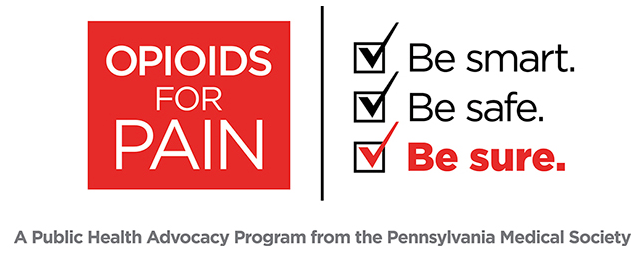Three initiatives are leading physicians into the future
By AMA President Ardis Dee Hoven, MD
Although my time as AMA president begins to wind down, I’m looking toward the future. The AMA has worked hard over the past year to propel its three strategic focus areas forward, and we’ve made astonishing progress. The visions we had when we announced these focus areas two years ago now are coming more clearly into focus, and I couldn’t be more excited to see what we accomplish next.
We’re preparingthe physicians of the future with our $11 million Accelerating Change in Medical Education initiative, now more than a year into the process of transforming medical education. All 11 participating schools have started bold projects to revolutionize medical school curriculum, placing emphasis on such aspects as competency-based assessment, new roles for students within health care systems and innovative technology to enhance learning.
After an energizing Accelerating Change in Medical Education conference in October and our consortium meeting with the 11 schools in April, our workto shape the future of medical education is poised to change how the next generation of physicians are trained.
OurImproving Health Outcomes initiative aims to alter the trajectory of our nation’s health. In this first stage, we’re focused onfinding the best ways to address heart disease and type 2 diabetes—two conditions with that take a profound toll on the health of our nation—through cutting-edge pilot programs across the United States.
Our partnership with the YMCA of the USA is in full swing, centered onmaking connections between the clinic and the community.Pilots underway in Wilmington, Del., Indianapolis and Minnesota’s Twin Cities are exploring a three-step process that starts with screening for prediabetes, refers patients with prediabetes to the YMCA’s Diabetes Prevention Program and implements a feedback loop so physicians can incorporate patients’ experiences into their care plans.
The YMCA’s program is modeled after the Centers for Disease Control and Prevention’s National Diabetes Prevention Program, a community-based lifestyle change program based on research that showed a reduction in new cases of diabetesfor the majority of at-risk patients.
We’ve also teamed up with two research centers from Johns Hopkins Medicine to leverage existing evidence about blood pressure management and make best practices easier to implement for physiciansand patients.
The Armstrong Institute for Patient Safety and Quality and the Center to Eliminate Cardiovascular Health Disparities are working with the AMA to adapt proven quality and safety programs from acute settings to ambulatory settings, with the ultimate goal of developing and spreading a model for better detection and management of high blood pressure.
Our goals will not be easy to achieve, but they certainly will be well worthwhile for the millions of patients who are affected by these conditions.
We’re also making strides toward a better, more sustainable practice environmentthrough our Professional Satisfaction and Practice Sustainability initiative.In this focus area, we are building on insights gleaned from an AMA-sponsored study by the RAND Corporation that confirmed the key driver of professional satisfaction for physicians: being able to provide high-quality care to our patients.
To make achieving this goal possible for all physicians, we’re working to remove regulatory barriers and level the playing field with health insurers. We’re also developing models of practice change and creating practical resources that will be easily accessible to physicians in any practice model, including those in small practices. There’s a lot more to come in this exciting area.
I’m proud to have a hand in the AMA’s work to improve the health of our nation, and you should be, too. We’re leading the charge into the future. Just imagine what we’ll accomplishby this time next year as we continue to work together.




